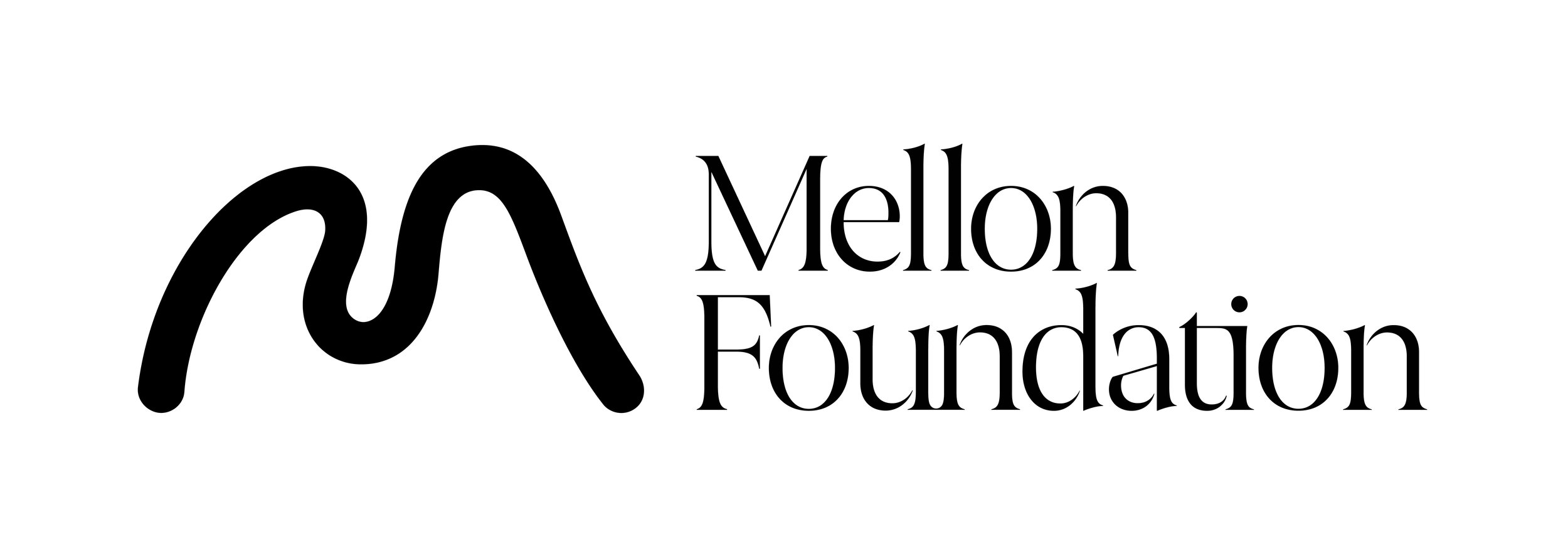The Activate Rural Learning Lab is a curated cohort experience for teams of creative entrepreneurs, artists, community activators, elected leaders, and small business owners to cultivate places of connection and creativity (third places*) in rural communities.





The Learning Lab provides grant funding and ongoing curated technical assistance through monthly project check-ins, exchange visits, workshops and gatherings, and allocated staff time to support the development of systems for the project’s operations, activations, and stewardship.
For rural communities, which face heightened challenges of social isolation and disinvestment, revitalized gathering spaces can counter pervasive barriers to civic engagement. Serving as catalysts for connection and economic renewal, these projects foster a sense of hope and belonging. Activate Rural supports the cultivation of creative third places by addressing barriers, which include access to 1) building and project ownership and stewardship; 2) financial capital and resources; and 3) capacity, experience, and social capital.
With an investment of $25,000 per cohort team, a total of over $537,500 in grant funding and private investment was leveraged by the cohort participants in two years (2023-2025). Every $1 of Activate Rural funds leveraged an average of $4.30 from other funding sources for these communities.
*Third place is a term identified by Ray Oldenburg in The Great Good Place as gathering spaces beyond home or work and are essential for fostering social cohesion and reducing isolation.
The call for Building Activation Projects in Minnesota, South Dakota, North Dakota, and Montana for the 2026-2028 Activate Rural Learning Lab will open on January 5th, 2026. Preview the application materials by visiting the button below.
This program is generously supported by the Mellon Foundation.
Mellon Foundation Awards $1.5 Million Grant to Department of Public Transformation to Support Creative Rural Places
Department of Public Transformation (DoPT) is honored to announce it has been awarded a $1.5 million grant from the Mellon Foundation.
Through its support for the arts and humanities, Mellon opens and activates cultural expression to enable the understanding and acceptance necessary for just communities to thrive.
This transformative investment will broaden DoPT’s Activate Rural program with expanded resources to support more projects and places from 2025 to 2028.
2023-2025 Activate Rural Cohort
Five building activation projects and teams in rural Minnesota communities (populations ranging from 600 to 5,000) and the White Earth Nation (population of 10,000) were selected to participate in the 2023-2025 Activate Rural Learning Lab Cohort.
Mni Sota Arts | Redwood Falls, MN
Activate a former cafe building by renovating and transforming the space into a creative place for Native artists to exhibit, gather and connect. Learn more about Mni Sota Arts.
Rusty Rock Community Guild | Buhl, MN
Activate community spaces to foster creativity, connection, and sense of belonging by providing accessible arts and cultural programs that engage, inspire, and enhance the Iron Range region. Learn more about Rusty Rock Community Guild.
Manoomin Arts Initiative | White Earth Nation
Activate creative spaces within the White Earth Nation and surrounding communities where artists can exhibit, create, teach, and sell their work. Learn more about MAI.
Bauman Hall | Jasper, MN
Activate Bauman Hall as a home for the arts in Jasper by providing the community with a place for connection and creativity. Learn more about Bauman Hall.
Spring Grove Cinema | Spring Grove, MN
Activate a movie theater by transforming the space into a community hub for intergenerational connection with collaborative events, student center, gaming loft, and coffee shop. Learn more about Spring Grove Cinema.




